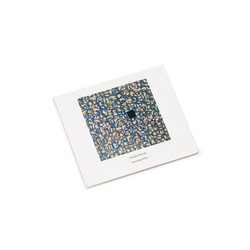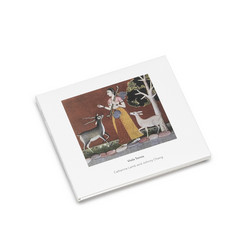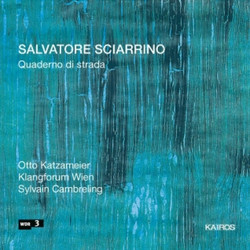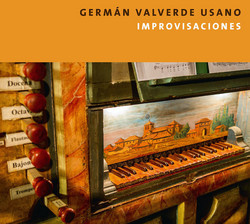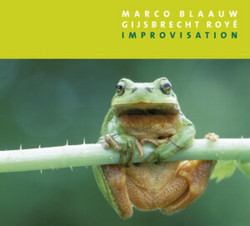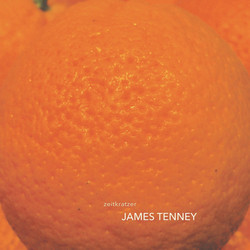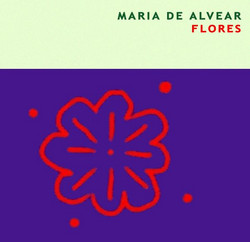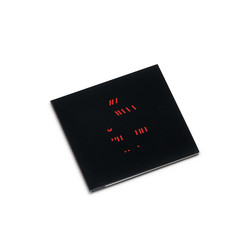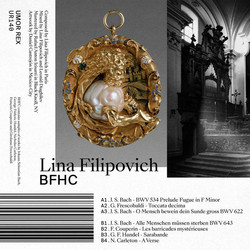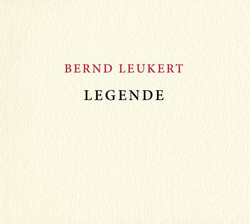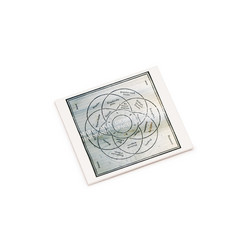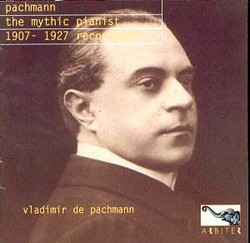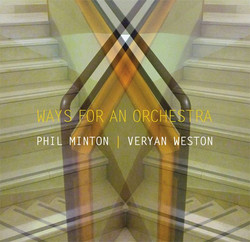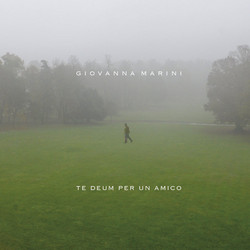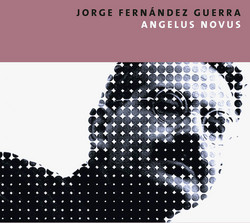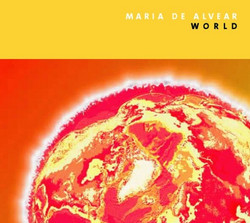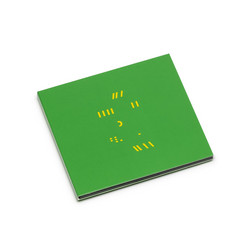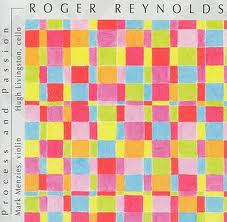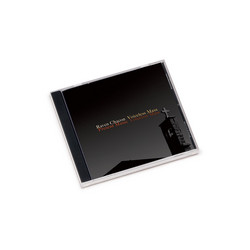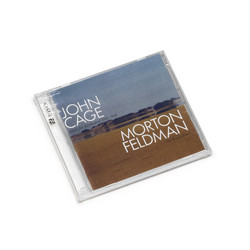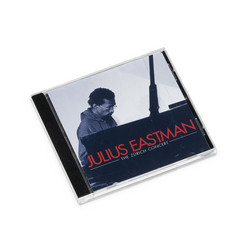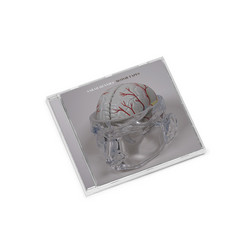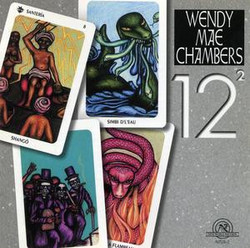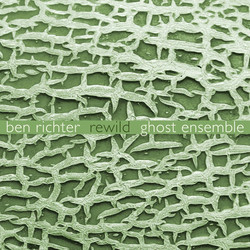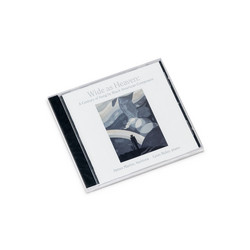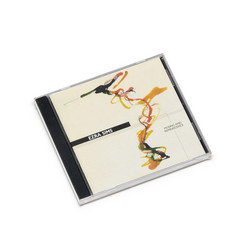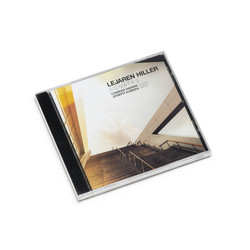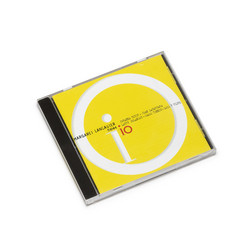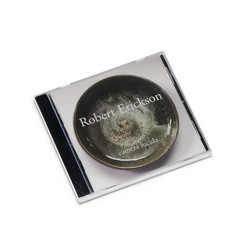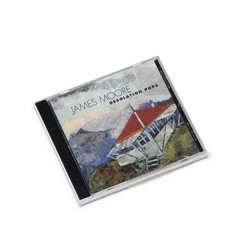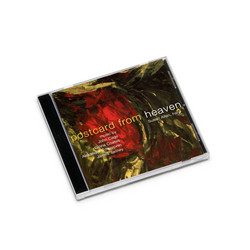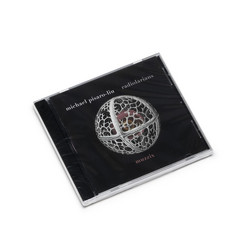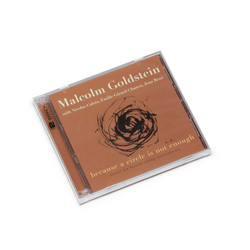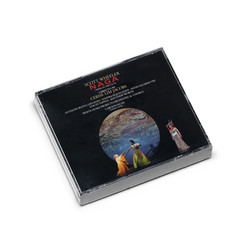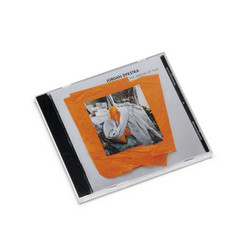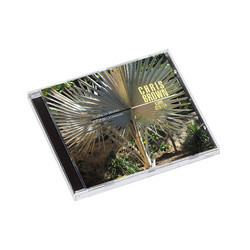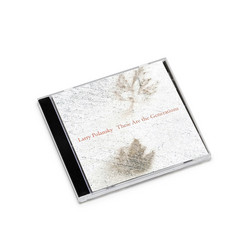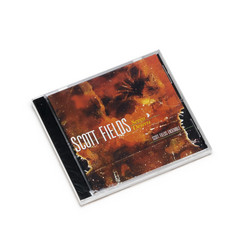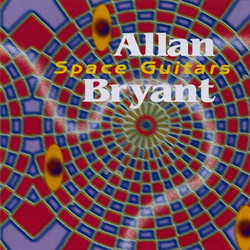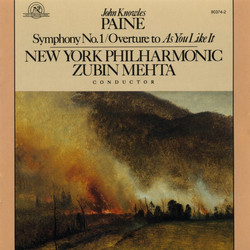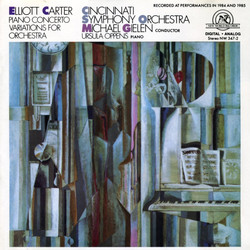Arthur Berger, Gilbert Kalish, Joel Krosnick, Christopher Oldfather, Joel Smirnoff, David Starobin, Members Of The Boehm Quintette
An Arthur Berger Retrospective (CD)
For over fifty years Arthur Berger's output consisted of sturdily crafted pieces that reflected the mixed lineage of Stravinsky, Schoenberg, and Copland. Born in 1912 and raised in the Bronx, he first studied at City College and New York University, later at the Longy School of Music and at Harvard. Berger completed his formal education with Nadia Boulanger in Paris. From 1939 to 1943 he taught at Mills College and Brooklyn College, then began writing music criticism for the New York Sun and, principally, the New York Herald-Tribune.
In 1941, two years after returning from study with Boulanger, Berger wrote his Quartet for Winds, a charmingly playful work that is among his best known. Virgil Thomson has called it "one of the most satisfactory pieces for wind in the whole modern repertory." The quartet is dedicated to Aaron Copland, with whom Berger has been long associated. His Duo No. 1 for Violin and Piano of 1948 is similarly under the spell of Copland.
Berger's Duo for Cello and Piano (1951), called "diatonic Webern" by Milton Babbitt, focuses on C major and shows a synthesis of traits from the Quartet for Winds: large melodic leaps, Baroque rhythm and counterpoint, and a dance-like lilt (found in the second movement of both works). The Duo for Oboe and Clarinet (1952) intensifies these same traits.
The Trio for Guitar, Violin, and Piano (1972) is the most recent composition represented here. In it, two piano pitches are "prepared," meaning that, in this case, screws are inserted between the strings to give a more percussive sound. The trio is most striking for the discontinuity of its sound surface; pointillism has now become paramount. While formidable, it also yields glimpses of the spontaneity within Berger's art.
